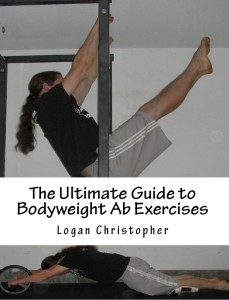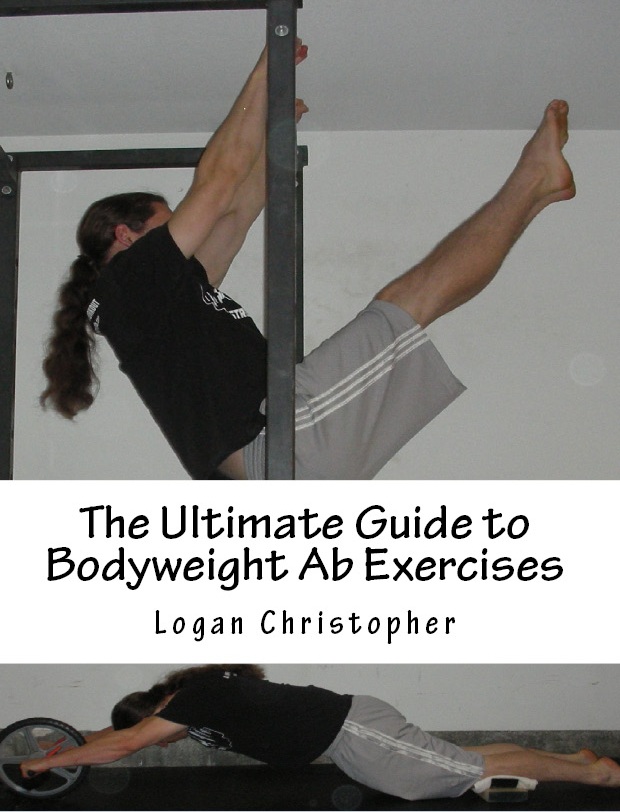There are multiple methods on how to do hanging leg raises. That’s HLR for short.
To do an HLR you’ll need a bar you can hang from. Ideally, it is something you can fully hang from without your feet hitting the ground. While you can do these with something shorter, not allowing for full extension screws with the feel of the body.
How far up you raise your legs depends on the progression you’re going for.
Hanging Leg Raise Progressions
This is the simple progression that takes you from something just about anybody can do to an elite level of ab training:
- Hanging knee raises to 45 degrees
- Hanging knee raises to 90 degrees
- Hanging knee raises to 135 degrees
- Hanging knee raises to 180 degrees
- Hanging leg raises to 45 degrees
- Hanging leg raises to 90 degrees
- Hanging leg raises to 135 degrees
- Hanging leg raises to 180 degrees
Although you can do this in any form, looking at form is another important factor in progression. You see, form in this exercise isn’t going to stop you from getting hurt (I don’t know anyone that has hurt themselves in HLR’s!). Instead, there are two main ways you can do this.
Hanging Leg Raise Form
Some people claim you always need to be strict and slow. While that is good, there is also a time to be fast and loose.
This video showcases both. Notice that I manage just two reps in the strict style, while I get 18 in the other! That’s a significant difference.
Slow and strict HLR’s obviously requires more strength but also more dynamic flexibility.
In addition, the stall bars I’m doing these on prevent some amount of leaning back which amplifies the dynamic flexibility needed, thus making them even harder.
Fast and loose HLR’s are sometimes called toes to bars as that’s what you’re doing, just in any style you can. Notice that I move faster. Exploding out of the bottom takes less strength at the top. Also, the knees are bent slightly rather than straight. This happens even more towards the final reps.
Training these for a Great Ab Workout
Currently, I am working BOTH styles in my training. I just notate in my training log and stats which is which. I don’t confuse the two because they are obviously different. But they’re both worth doing.
A typical hanging leg raise workout for me involves two to four sets with rep counts of one to twenty. Quite variable depending on the progression I’m working with. This I do usually twice per week, along with some other direct ab training.
I go into far more detail about this, as well as the other great bodyweight ab exercise, rollouts, inside of The Ultimate Guide to Bodyweight Ab Exercises.


